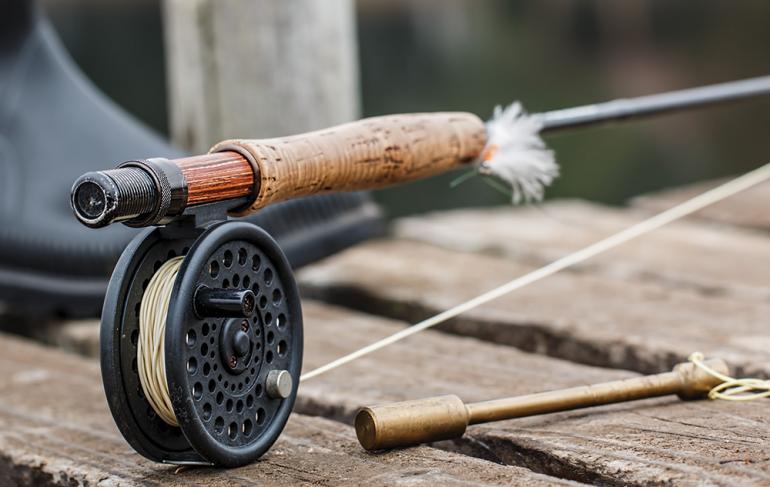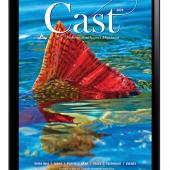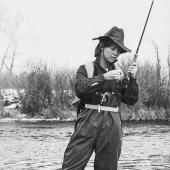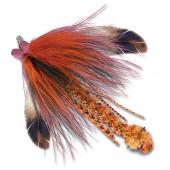Keep It Simple
Do we really need all the bells and whistles?
Fishing gear has changed drastically over time. One of the first books I read as a young fly fisherman was Ray Bergman’s classic Trout, published in 1938. Bergman wrote of whippy fly rods for wet fly fishing, of silk lines and bamboo, of evolving technologies like nylon fly line and fiberglass rod construction. Back then, gear was even called something different: tackle. I wonder what he would think if he saw today’s tackle, with our graphite and boron wonder sticks, our specialized equipment for every occasion and condition. I love having a quiver of gear as much as the next guy––spey rods and tiny one-weights, sinking line and floating line, shooting heads and arbor reels. But I sometimes think about those simple days of leather fly wallets and cane rods and realize that it really needn’t be as complicated as it is now.
My first fly rod was a telescoping steel number, seven feet in length, with about the same action you’d expect waving a metal T-post in the air. It came with an automatic-retrieve fly reel that would scare the hell out of me if I accidently bumped the button that zinged in the line.
From that steel rod, I graduated to something a lot more limber: a bright yellow four-section fiberglass. I thought that rod was pretty cool because you could pull apart the reel seat and handle, turn it around, and set it up to spin-cast. I threw a lot of flies with that stick, and by the time I was backpacking into some high mountain lakes as a teenager, I’d caught a lot of trout on spinners with the rod dialed in on the “hardware chucker” setting
The fly reel back then was a simple one with a plastic drag screw that made a clicking wind-up sound. I thought that was pretty cool too, as was the bright white double-tapered fly line. If I used strike indicators, they were pinch-on adhesives (which are still made). And there weren’t such things as foam flies, either.
Pretty soon, though, I had to have something different––something better, lighter, faster, more expensive: a graphite rod. I had to have better fly leader, and somewhere along the way, I switched over to weight-forward line and figured out I could get a few more feet on my cast and a bit better control. The fly reel stayed pretty much the same, but I picked up another one just so I had a backup; I threaded one with sinking line so I could strip streamers. Don’t be fooled by the new-and-improved: in ninety-nine percent of trout fishing, the fly reel is just a place to hang your line.
Today’s innovations have in fact bettered an already good fisherman’s cast a bit. But let’s face it––if one is just starting out, it makes more sense to start slow, figure out if you like the sport, and then go from there. Starting slow means rod-reel-line starter kits at any of the fly shops or outdoor stores in town, Or, if you just want to discover whether you like it at all, take a trip to a local pawn shop—you can get a decent set-up for a meager price. If you’re spin fishing, you can find even cheaper options, as spinning rods are generally less expensive than fly rods.
In sum: if you’re new to fly fishing, start with an inexpensive set-up; if you like it, and your skills improve, reassess and re-up.
Tom Reed is the author of several books, including Blue Lines: A Fishing Life. He lives with his family on a small ranch near Pony.












